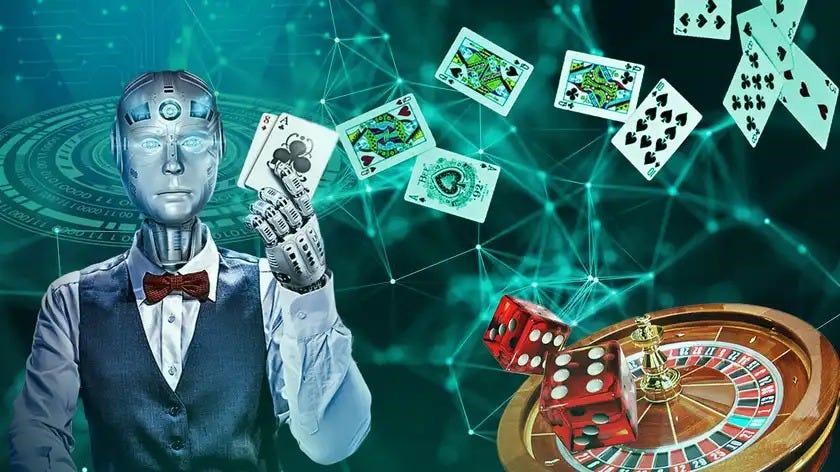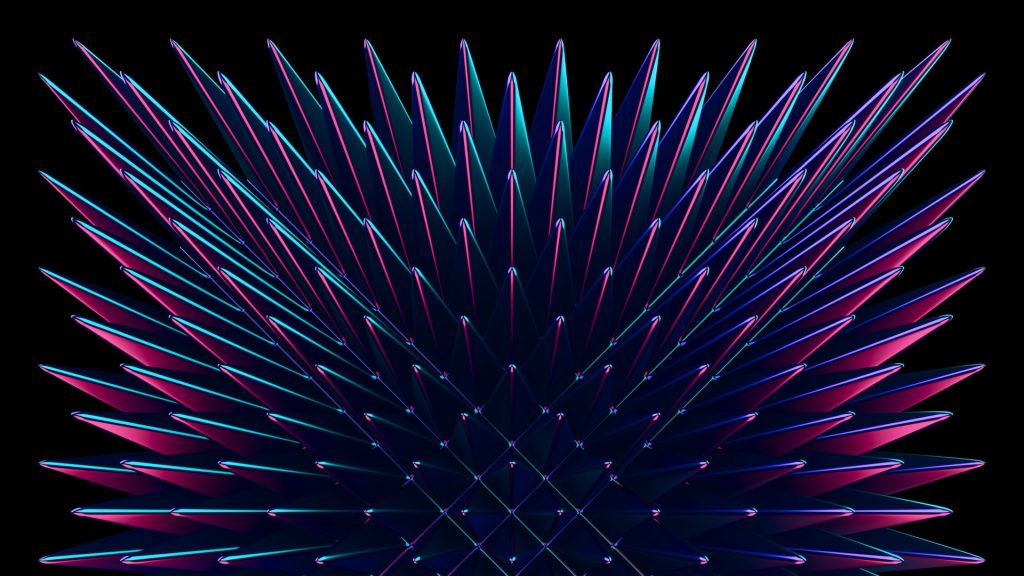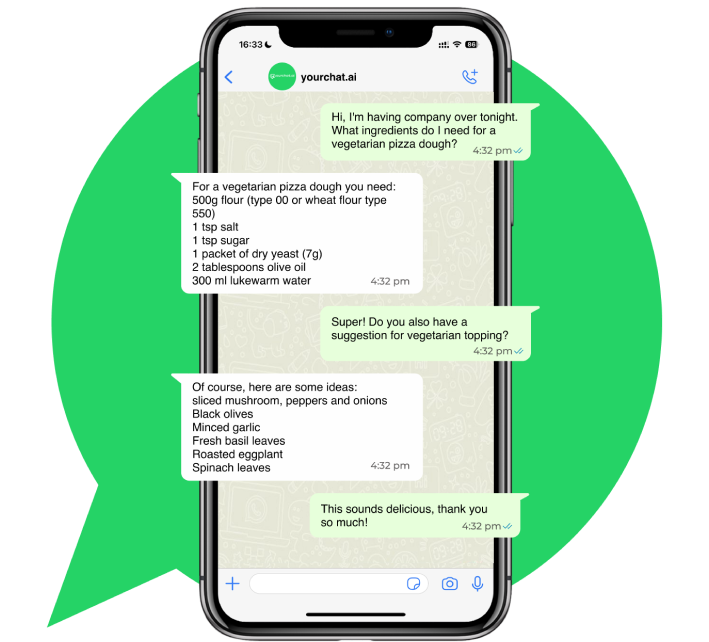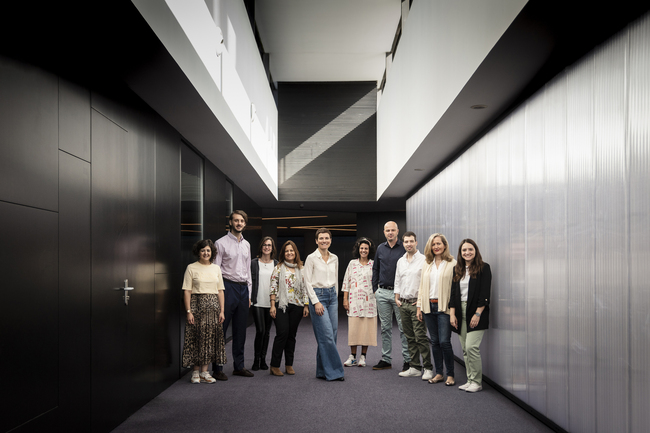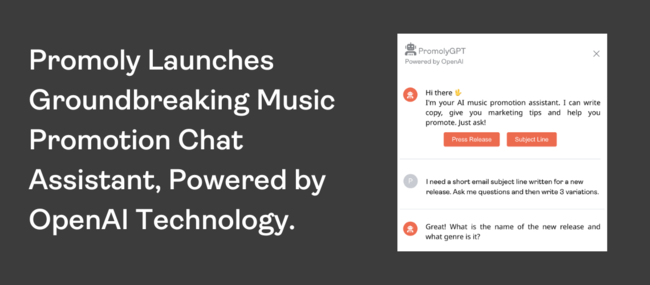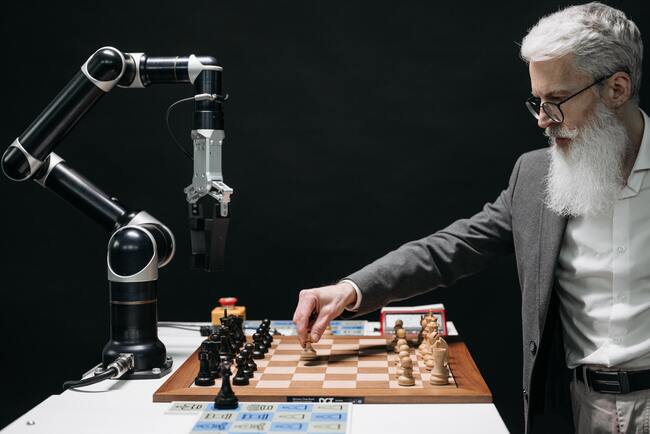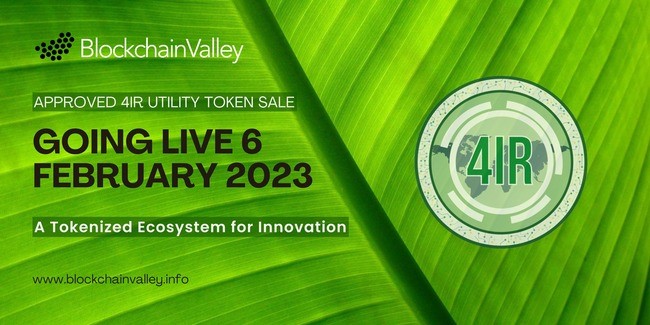Incorporating Artificial Intelligence (AI) into the online casino business signifies a major shift in how players interact with online gambling platforms. AI’s potential is beyond merely improving user experience, as it fundamentally transforms game design, customer support, security, and responsible gambling activities.
The Benefits of AI in the Gaming Industry
Game Design & Fair Play
In online casinos, AI is vital to both game design and impartiality. By incorporating sophisticated algorithms, games are rendered more immersive and engrossing, featuring dynamic narratives and adjustable levels of difficulty that accommodate a wide range of players. In addition to guaranteeing the games’ integrity, AI-powered game development creates an unpredictable and fair gaming environment.
This technology ensures that the fundamental principle of fairness in wagering is upheld by analysing game outcomes for anomalies or patterns that could signify manipulated or biased play.
Furthermore, artificial intelligence (AI) plays a pivotal role in the advancement of random number generators (RNGs), which are critical for guaranteeing the integrity and unpredictability of games such as roulette and casinos. AI systems continuously monitor and subject these improved RNGs to rigorous testing to ensure they adhere to the generally acknowledged standards of fairness.
By integrating AI into the development of random number generators (RNGs), online casino platforms can cultivate a more transparent and dependable wagering ecosystem, thereby enhancing player confidence in the fairness of the games.
Artificial Intelligence & A Bettor Evolution
Initially, AI was mostly used by casinos and bookies to enhance their methods and maximise their earnings. It assisted them in comprehending the intricate network of probabilities, statistics, and player performance data. However, currently, a novel and captivating transformation is taking place.
People and businesses are using artificial intelligence to give bettors an advantage. This advancement entails more than simply achieving fairness in competition; it involves fundamentally reshaping the activity’s regulations.
The gambling industry is now seeing the emergence of sophisticated AI models that are extensively trained on extensive collections of casino games, sports and betting data. AI-powered apps are progressively replacing the traditional dependence of gamblers on tables, books, tipsters, and charts. This signifies a significant progression in how individuals regard wagering and gambling as a whole.
However, in some circumstances, the utilisation of AI works both ways. Casinos and bookmakers increasingly rely on AI-powered algorithms to analyse game history, player statistics, and other relevant information to generate the most optimal odds that can result in higher profits. The sports betting sector has greatly benefited since AI can rapidly analyse vast quantities of data and identify patterns that people would miss.
Customer Service
When you compare Ireland’s best online gambling operators, using artificial intelligence (AI) in online casinos has revolutionised customer service by using chatbots and automated assistance systems. These AI-powered technologies provide immediate support to gamers, handling inquiries and fixing problems 24/7.
This enhances customer service’s efficacy and guarantees a smooth and uninterrupted gaming experience for gamers.
Security & Fraud
Ensuring security is of utmost importance in the realm of online gambling, and the use of artificial intelligence greatly bolsters the capacity to identify and thwart fraudulent behaviours.
AI systems can detect atypical behavioural patterns that suggest illicit activities, such as the illegal movement of funds or the unauthorised use of someone’s identity. These systems progressively enhance their efficiency through ongoing learning and adaptation, offering a strong defence against possible security risks.
Responsible Gambling
The contribution of AI in encouraging safe gaming is remarkable. Through the analysis of player behaviour, artificial intelligence may detect indications of problematic gambling and take timely intervention measures. Online casinos may use this information to provide tools, establish limitations, or extend self-exclusion alternatives to players who are in danger. Implementing this proactive strategy for player safety is crucial for sustaining a secure and accountable online gaming atmosphere.
Potential Downside to AI Online Gambling
In contrast to conventional casinos, most online casino operators use several promotional strategies to attract new consumers and incentivise current customers to engage in gambling activities. Nevertheless, AI is anticipated to revolutionise how these campaigns are marketed in the future. AI will identify those who are likely to exploit certain incentives, thus leading to the potential of heightened problem gambling.
Some bettors are discouraged by these promos due to the presence of a wagering requirement. Casino owners believe that AI may be used to modify these offers to enhance their attractiveness to certain individuals.
While most websites use cookies to get insights into visitors’ preferences, artificial intelligence (AI) is anticipated to elevate this capability to a higher degree. It will be utilised to analyse the behaviour of various clients, enabling the usage of obtained information to target individuals specifically.
Altering the Live Gambling Experience
While VR and AI (Artificial Intelligence) are distinct concepts, they are intricately interconnected. Individuals are already using VR headsets for various purposes, and professionals in the casino industry assert that these devices may enhance the realism of online gaming with the potential to transform the current gambling landscape fundamentally.
Even though online gambling companies often provide more favourable promotions and probabilities than brick-and-mortar casinos, many individuals nevertheless choose to visit the conventional casino instead. This favourite pastime could end, as software developers have been designing programs that simulate the experience of being in an actual casino. Since the onset of the epidemic, there has been a surge in internet gambling. Still, many individuals see it as lacking the ambience of traditional gambling venues, and virtual reality is opening the door to enhance the excitement of gambling at home.
It would have a profound impact on games such as online poker. During the course of the games, you would have the opportunity to observe and interpret your opponent’s response from the sofa. Envision a blackjack table surrounded by a sizable gathering of individuals enthusiastically encouraging you as you prepare to take action, all of whom are using VR headsets and headphones to immerse themselves into a lifelike casino setting.
Final Thoughts
In summary, artificial intelligence has emerged as a transformative instrument that has significantly bolstered the online gambling and wagering sectors. There are numerous innovative opportunities presented by the incorporation of AI into online wagering to accommodate the evolving preferences of gamblers in the digital age. AI is expected to persist in influencing online wagering and betting in the coming years, offering innovative solutions that serve as the foundation for enjoyable and accountable gameplay.

